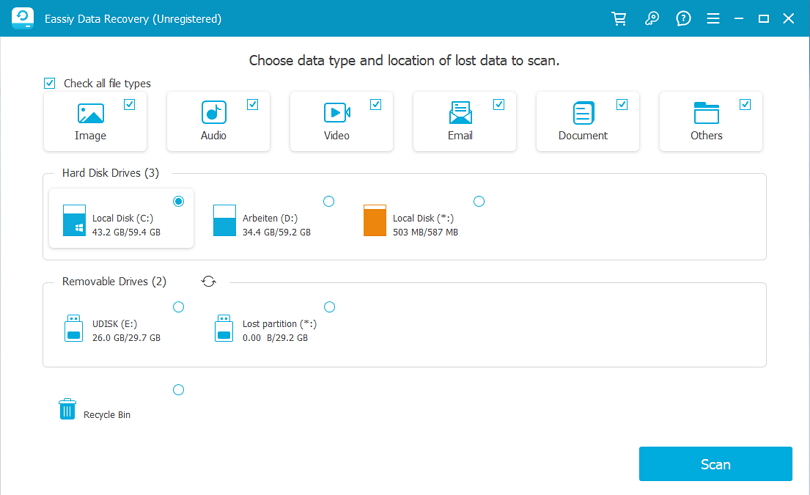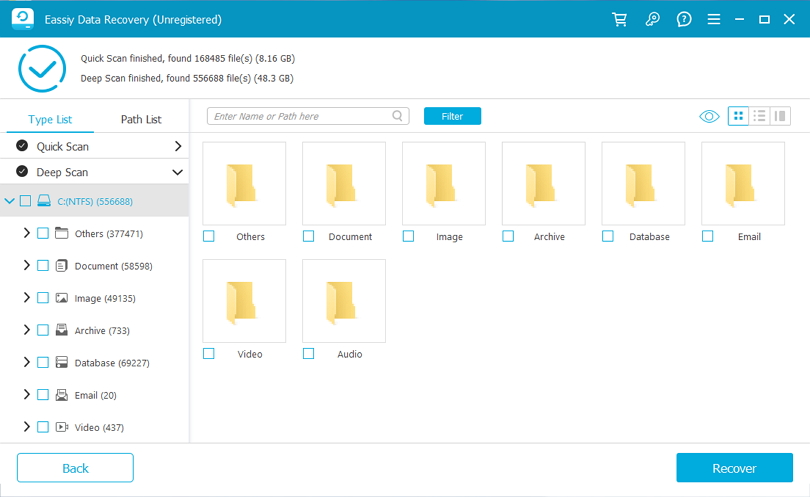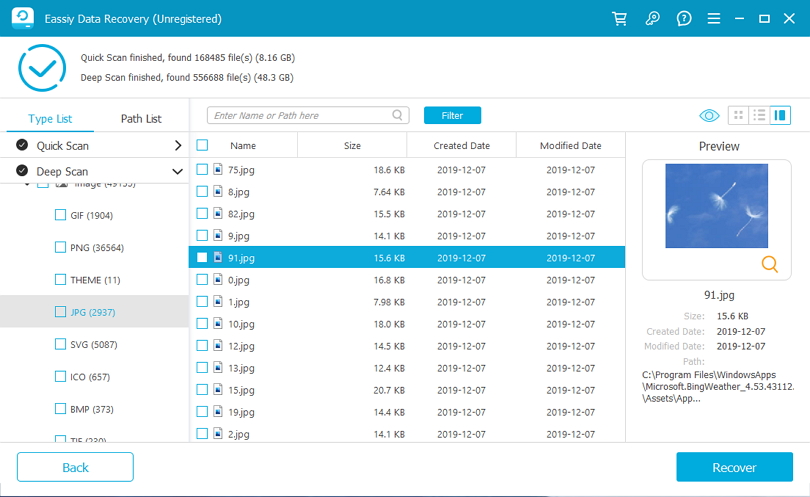Updated on 2023-08-09
22 views
5min read
Let's face it - data have become an important aspect of our daily lives. But unfortunately, these data are prone to data loss caused by different reasons, including dead hard drives.
Dead Hard drive error could occur due to various reasons, including corruption, malware attack, etc. But the good news is you can recover data from a dead hard drive. If you have a dead drive with important data that needs to be recovered, this article will introduce you to an efficient technique to restore your data with high-quality. It does not matter whether you're using a Mac or Windows computer. Read on to find out more.
Part 1: What Causes Dead Hard Drive?
Dead hard drive usually occur due to different reasons. We've explained some of them below;
1. Human Error:
- Accidental Deletion: Critical system files or partitions may be mistakenly deleted, rendering the hard drive inoperable.
- Mishandling: Dropping or mishandling the hard drive can lead to physical damage, causing the drive to fail.
- Incorrect Installation: Improper installation or configuration of hardware components can result in hardware conflicts or failures.
2. Hardware Failure:
- Mechanical Issues: Components like the read/write head, motor, or spindle may malfunction or fail, preventing the hard drive from functioning properly.
- Disk Platter Damage: Damage to the disk platters, such as scratches or physical impact, can result in data loss and drive failure.
- Electrical Component Failure: Failure of electronic components, including the controller board or power supply, can cause the hard drive to stop working.
3. Firmware Corruption:
- Faulty Firmware Updates:
Incorrect or incomplete installation of firmware updates can corrupt the firmware, impacting the hard drive's functionality.
- Malware Infections:
Malicious software or viruses targeting the hard drive's firmware can cause corruption, leading to drive failure.
- Software Conflicts:
Compatibility issues or conflicts with other software can corrupt the firmware and render the hard drive unusable.
4. Power Issues:
- Power Surges:
Sudden spikes in electrical power can damage the hard drive's internal components, resulting in failure.
- Power Outages:
Frequent power outages or blackouts can cause abrupt shutdowns, leading to data corruption or drive failure.
- Insufficient Power Supply:
Inadequate or unstable power supply can prevent the hard drive from receiving enough voltage or current, causing it to malfunction.
5. Water Damage:
- Liquid Exposure:
Spills, floods, or submersion of the hard drive in liquid can cause short-circuits and corrosion, rendering it inoperable.
- Internal Infiltration:
Water entering the hard drive's internal components can lead to irreversible damage and failure.
- Oxidation/Rusting:
Electrical connections can oxidize or rust when exposed to water, impairing the drive's functionality.
6. Heat:
- Excessive Temperatures:
Inadequate cooling or high ambient temperatures can cause the hard drive to overheat, leading to its failure.
- Thermal Expansion/Contraction:
Heat can cause the components of the hard drive to expand and contract, leading to mechanical stress and potential failure.
- Component Degradation:
Prolonged exposure to high temperatures can degrade the internal components of the hard drive, reducing its lifespan and performance.
Part 2: The Simplest Way to Recover Data from Dead or Damaged Hard Drive
Eassiy Data Recovery stands out as a reliable and user-friendly tool to recover data from dead hard drive.
With its straightforward interface, it enables users to effortlessly recover data from various storage devices, including hard drives, pen drives, USB flash drives, and lots more. Besides, it excels in retrieving diverse file types like videos, audio, emails, and more.
Also, Eassiy Data Recovery proves valuable in multiple scenarios such as accidental deletion, system crashes, device formatting, and virus attacks. And supporting over 1000 file formats, including JPG, ASPX, CGI, DOCX, HTML, and others, you can always count on this tool to execute various data recovery operations without requiring any technical knowledge.
Key Features:
- The data recovery software offers versatile scanning options with Quick Scan and Deep Scan modes.
- It provides a user-friendly interface that allows easy previewing of lost data during the recovery process.
- The software supports a wide range of storage devices, including computer systems, hard drives, pen drives, SD cards, and SSDs, encompassing over 2000 types.
- With a remarkable data recovery success rate, it proves effective in various data loss scenarios.
Step 1: Download and install the Eassiy Data Recovery software on your system.
Step 2: Open the tool installed tool and connect the dead hard drive to the computer using the relevant method.

Step 3: Eassiy Data Recovery will automatically detect the connected hard drive. Hit the Scan and wait for the tool to perform a quick scan to recover your lost data.
- However, if you're not satisfied with the quality of the data output using the quick scan mode, choose the Deep Scan mode to execute an in-depth scan.

Step 4: Once the scanning process is complete, preview the recovered files. Then, click the Recover button to save the lost data to your local storage.

Part 3: Tips for Repairing Dead/Damaged Hard Drive
Repairing a dead or damaged hard drive can be a challenging task that requires technical expertise and caution. It's important to note that in some cases, professional data recovery services might be necessary. However, here are some general tips that could potentially help in repairing a dead or damaged hard drive:
Identify the Symptoms:
Before attempting any repairs, it's crucial to identify the symptoms of a dead or damaged hard drive. These may include unusual clicking or grinding sounds, the drive not being recognized by the computer, or frequent system crashes. Understanding the symptoms will help determine the appropriate course of action.
Disconnect and Reconnect:
Sometimes, a faulty connection between the hard drive and the computer can cause issues. Begin by shutting down the computer, disconnecting the hard drive cables, and then reconnecting them firmly. Ensure the cables are properly seated and not damaged. Restart the computer and check if the hard drive is recognized.
Use A Trusted Data Recovery Software:
If the hard drive is recognized but inaccessible or exhibiting data corruption, using data recovery software might help retrieve your files. There are various reliable software options available that can scan the drive for recoverable data. Follow the instructions provided by the software and attempt to recover your important files.
Conclusion
Recovering data from a dead hard drive is not as difficult as many people think. While not all troubleshooting and software options online works in all cases, the above method has proven to be a game changer for both newbies and professionals.
Whether your hard drive got damaged due to corruption, human errors, or more, Eassiy Data Recovery software will help you recover it efficiently without tampering with the quality of your data.






